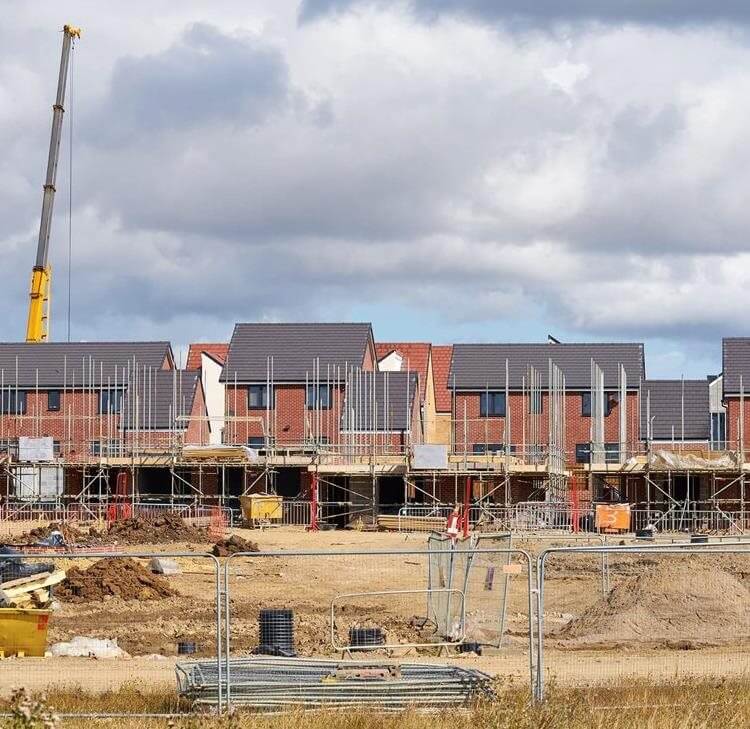Stonecrest Marble Ltd v Shepherds Bush Housing Association Ltd [2021] EWHC 2621 (Ch)
Where a lease provides a comprehensive scheme of repair and insurance, the court will not imply terms to cover any gaps in that scheme.
Where a lease provides a comprehensive scheme of repair and insurance, the court will not imply terms to cover any gaps in that scheme.
Facts
The tenant (S) sold tiles and related products from the ground floor of a building. It held a 10 year lease running from 2015. The rest of the building was residential and was retained by the landlord (L). An accumulation of debris blocked a downpipe in the retained premises, causing water to overflow from the gutter into S’s property, making it unusable by S.
S was liable for keeping the property in good repair and condition. L was liable for insuring the building and the common parts and had to use all insurance moneys it received in connection with any damage to repair that damage.
However, the lease provided that L had no obligation to repair damage where it was not obliged to insure against that damage. Although L was liable to insure against the risks of flood, bursting of pipes and overflowing of water tanks, its insurance obligation was subject to any exclusions and limitations imposed by the insurers and it was accepted here that the damage in question fell within the insurer’s gradual deterioration or wear and tear exclusion. This meant that L was not liable to repair the damage under the express terms of the lease.
Issue
Was L liable to repair the damage either under its quiet enjoyment covenant in the lease or through a separate stand-alone tortious claim?
Decision
There was no basis for imposing on L any liability (either under the express quiet enjoyment covenant or in tort) to repair the guttering. The court concluded that the parties intended that the lease should provide a comprehensive scheme for the repair and insurance of the demised and the retained premises sufficient to exclude L's liability in tort. It was not for the court to consider the scheme's practical effectiveness nor to fill in any resulting gaps by importing common law liability; its function was to give the lease the meaning and effect that the parties must have intended.
Points to note/consider
- Although there is no new law here, the case is a reminder for parties negotiating commercial leases to make sure that there are no ‘gaps’ in how repairing and insuring obligations are allocated in a lease. The courts will be reluctant to fill those gaps themselves where a lease is intended to be comprehensive.
- It was actually doubly bad news for S. Not only was it liable to repair the damage, but it would also have to continue paying rent. Rent was only suspended under the lease where the property was damaged or destroyed by a risk against which L was obliged to insure and L was not obliged to insure against the damage which occurred in this case (because of the insurer’s wear and tear exclusion).
Contact

David Harris
Professional Development Lawyer
david.harris@brownejacobson.com
+44 (0)115 934 2019








































